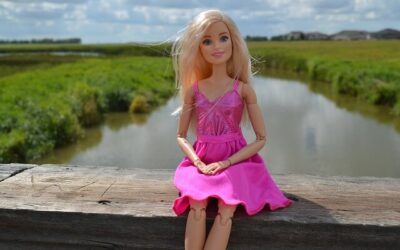The Dark Side of Your Favorite Cosmetics: Animal Cruelty Exposed.
As we already know, cruelty-free products (CFP) are the ones that are not tested on animals. The manufacturer doesn’t use animals to test the effectiveness of the product. Consumers show their love for animals by buying cruelty-free or vegan products. Buying CFP also helps the sustainability of the environment, but are cruelty-free products really cruelty-free? The million-dollar question needs to be adequately addressed. Brands deceive consumers with fake logos and claim that their products are cruelty-free. However, this may not be the case.
Cruelty-free does not necessarily guarantee that no animals were harmed during the product research and development process. Brands may claim cruelty-free by not testing only the finished product on animals. The cruelty-free keyword is widely unregulated, and labels are used solely per manufacturer interpretation. Also, the consumer must be aware that vegan and cruelty–free are two different things. The vegan product doesn’t use animal derivatives, whereas cruelty-free doesn’t use animals to test their products. But promoting veganism and cruelty-free products helps protect our animals and show humanism towards them.
Consumers can ask the questions below before purchasing to come out of the dilemma and for peace of mind while buying Cruelty-Free Products.
How the company defines the term cruelty? Is their product certified by regulatory standards like PETA, Choose Cruelty-free and have the original leaping bunny logo in them? It is important to note that there is no legal definition of the term “cruelty-free” and no official certification process, so it is always a good idea to research and ensure that a company’s cruelty-free claims are genuine.
Cruelty-free app from PETA and Leaping Bunny helps you verify if the product you purchase is cruelty-free by browsing their database, scanning the product’s barcode, or searching for a particular product category. Another best way is to reach out to the company and ask them about their cruelty-free stands and regulations. Below are the questions we can ask the brand to know if their products are cruelty-free.
- Are your products tested on animals at any stage of manufacturing?
- Are the ingredients tested on animals at any stage of manufacturing?
- Is the brand sold in overseas markets where the law requires testing, like China?
If the answer is no to all, then they might be cruelty-free.
What if your brand is not cruelty-free? The best way is to reach out to your brand, mention the need of many consumers like yours, and file a petition to your brand to change to cruelty-free products. If you don’t see any progress or effort from brands to transform themself, you can explore our list of best cruelty-free products.
In addition to eliminating animal testing, cruelty-free practices also extend to the sourcing of ingredients. Ethical brands prioritize the use of plant-based, vegan, and sustainable ingredients, avoiding any derived from animals or involving animal exploitation.
By supporting cruelty-free brands and products, consumers can make a positive impact on animal welfare and promote a more compassionate beauty industry. It allows individuals to express their values through their purchasing choices and encourages companies to prioritize ethics and sustainability in their operations.
Yours sincerely,

Panda





